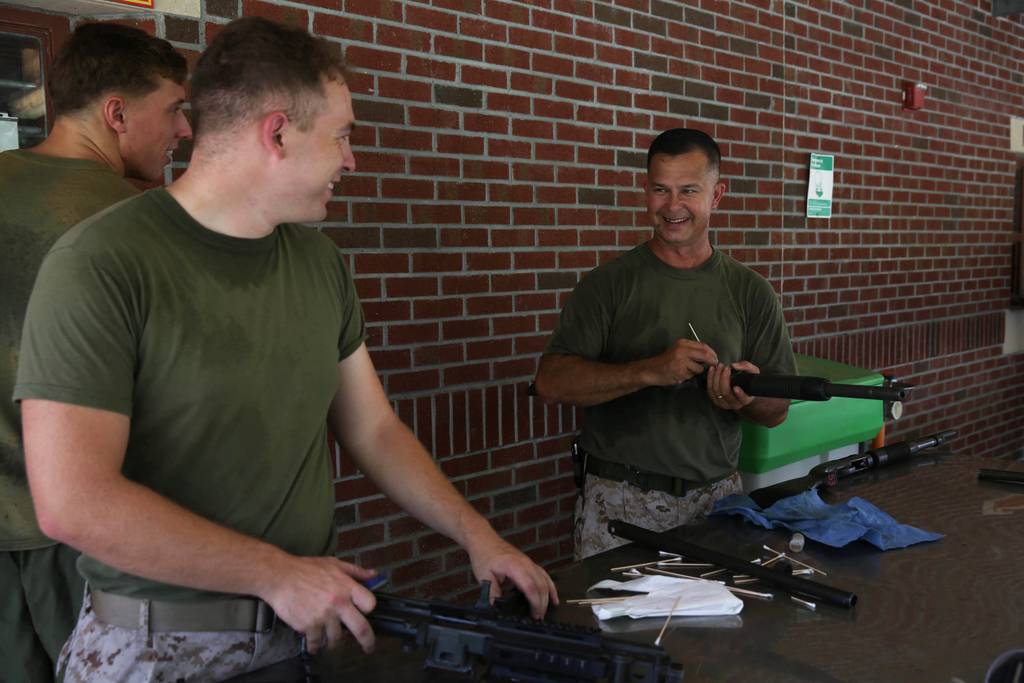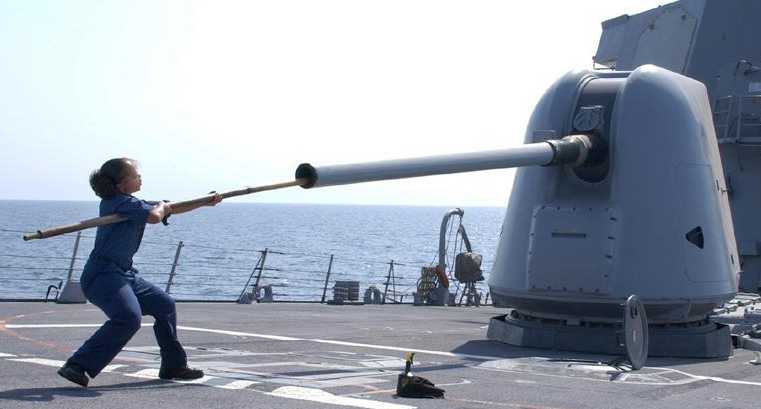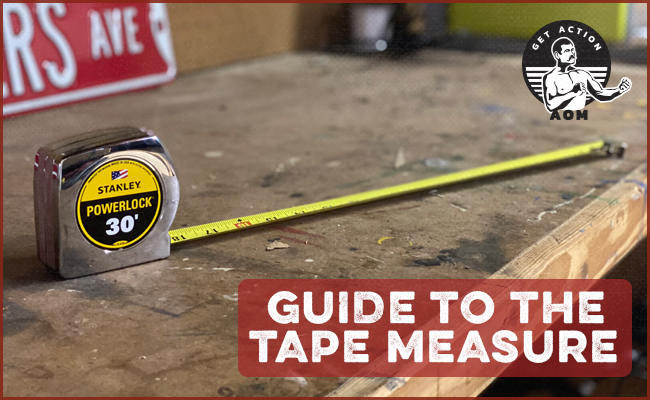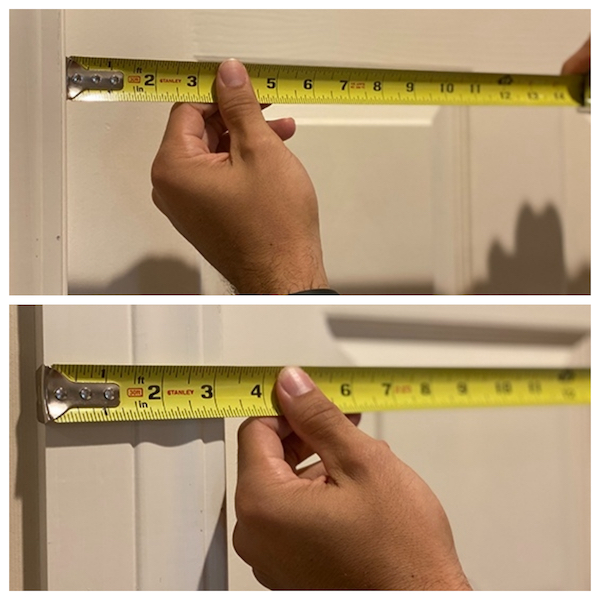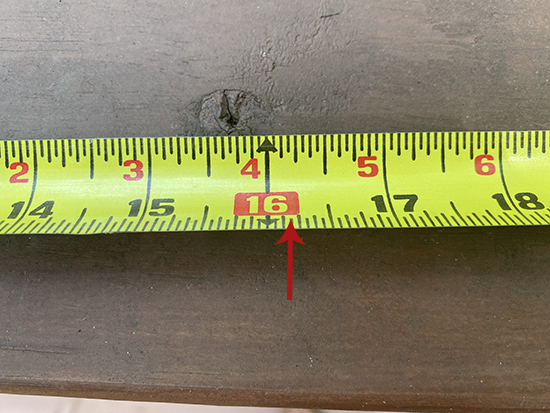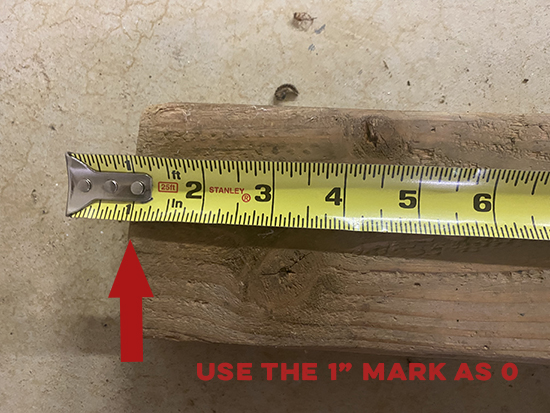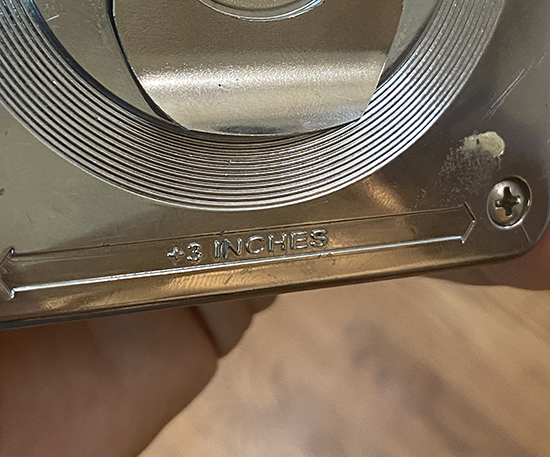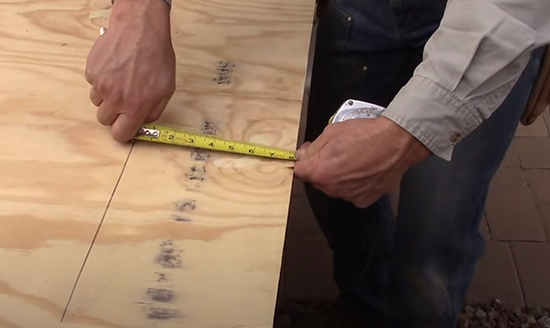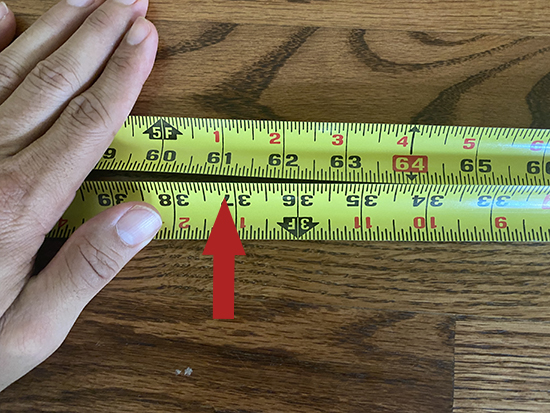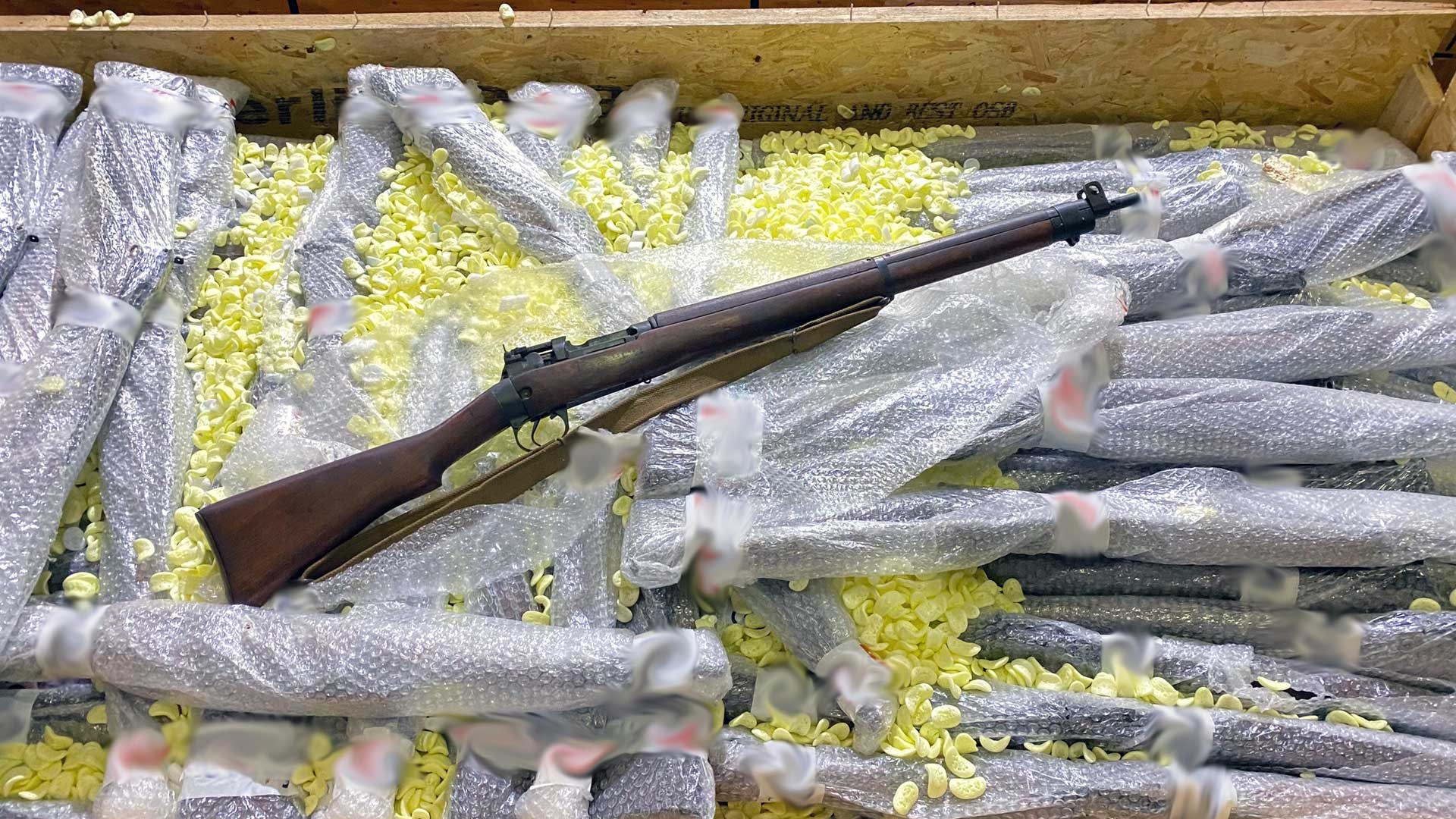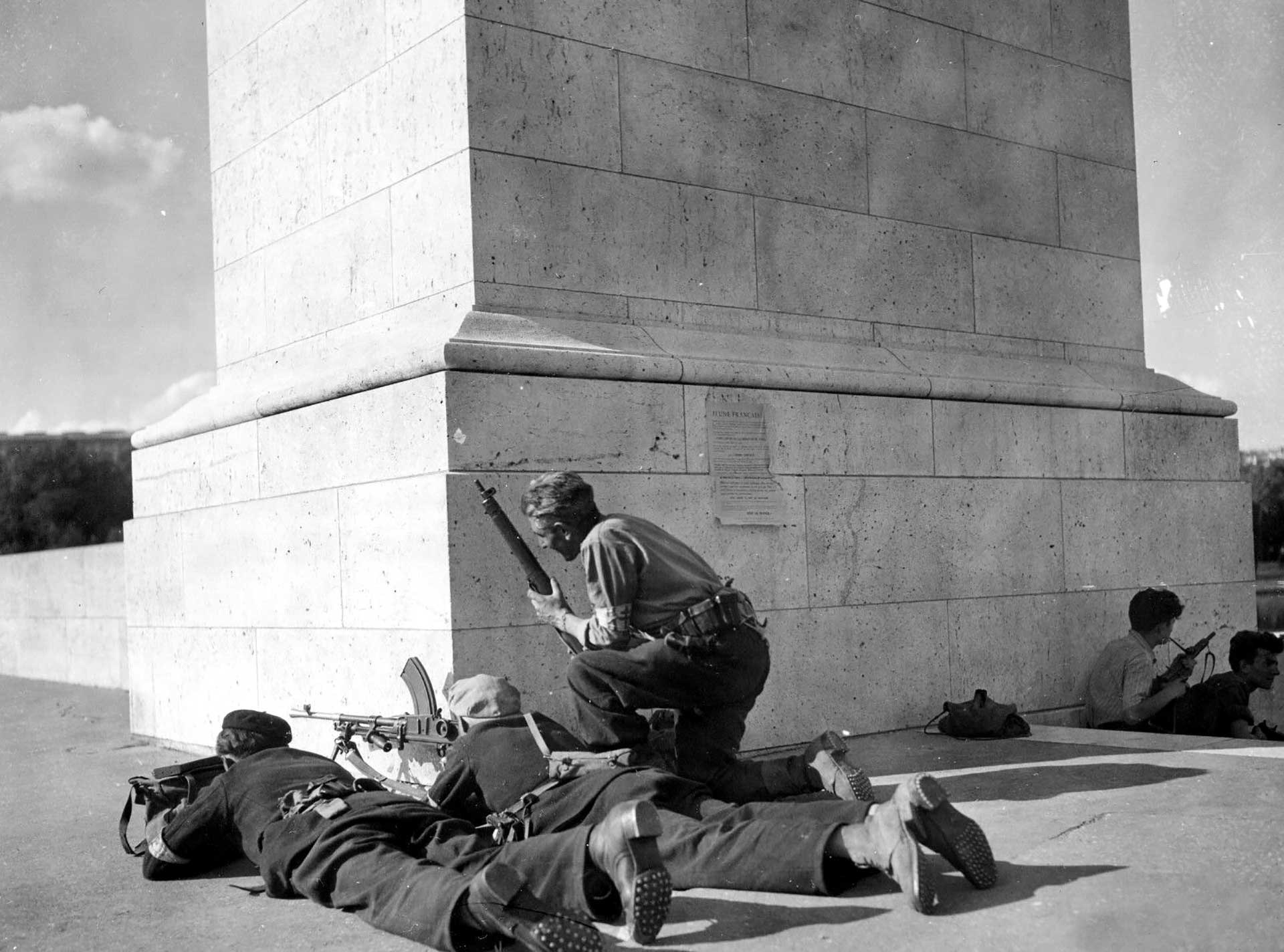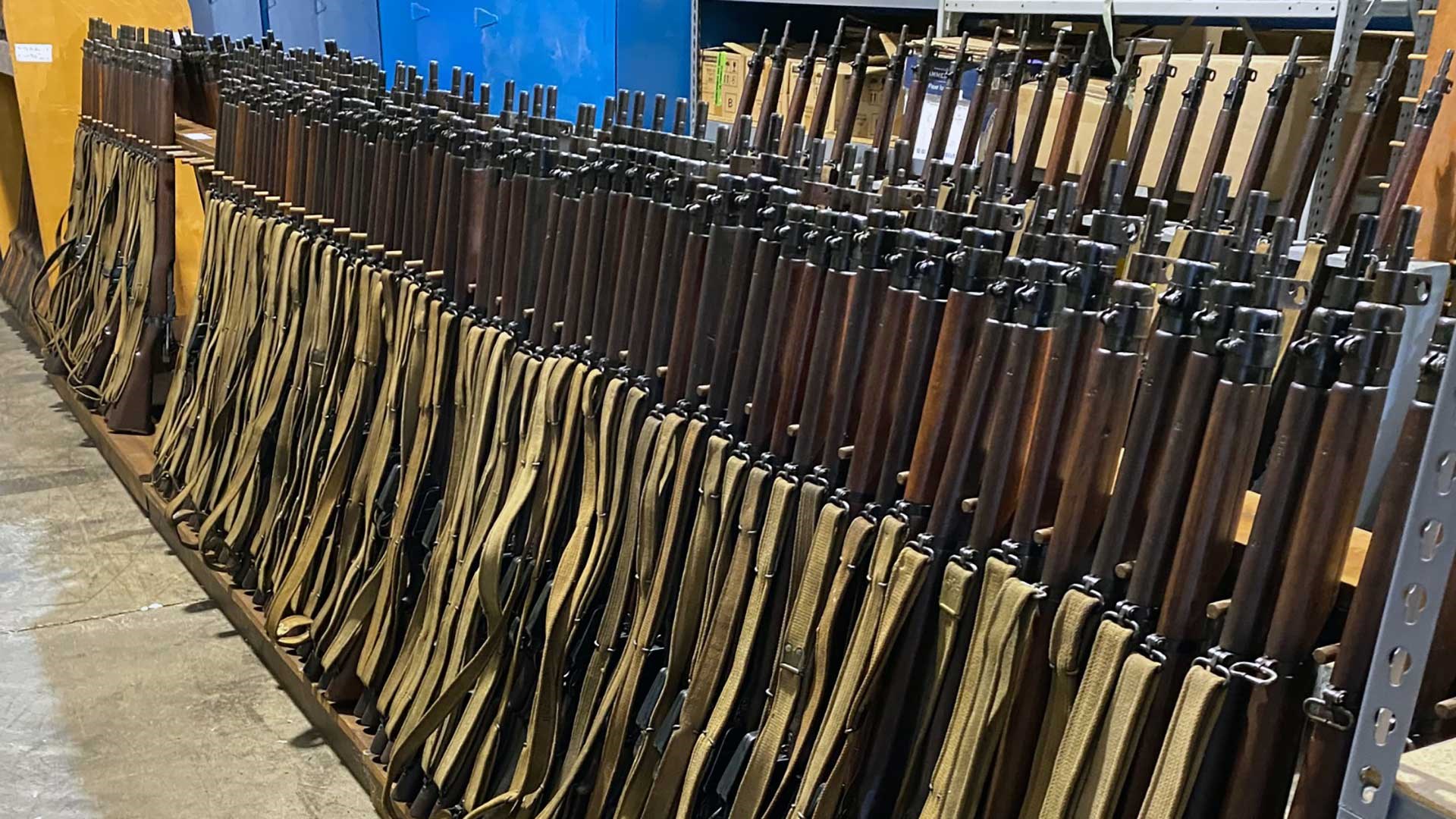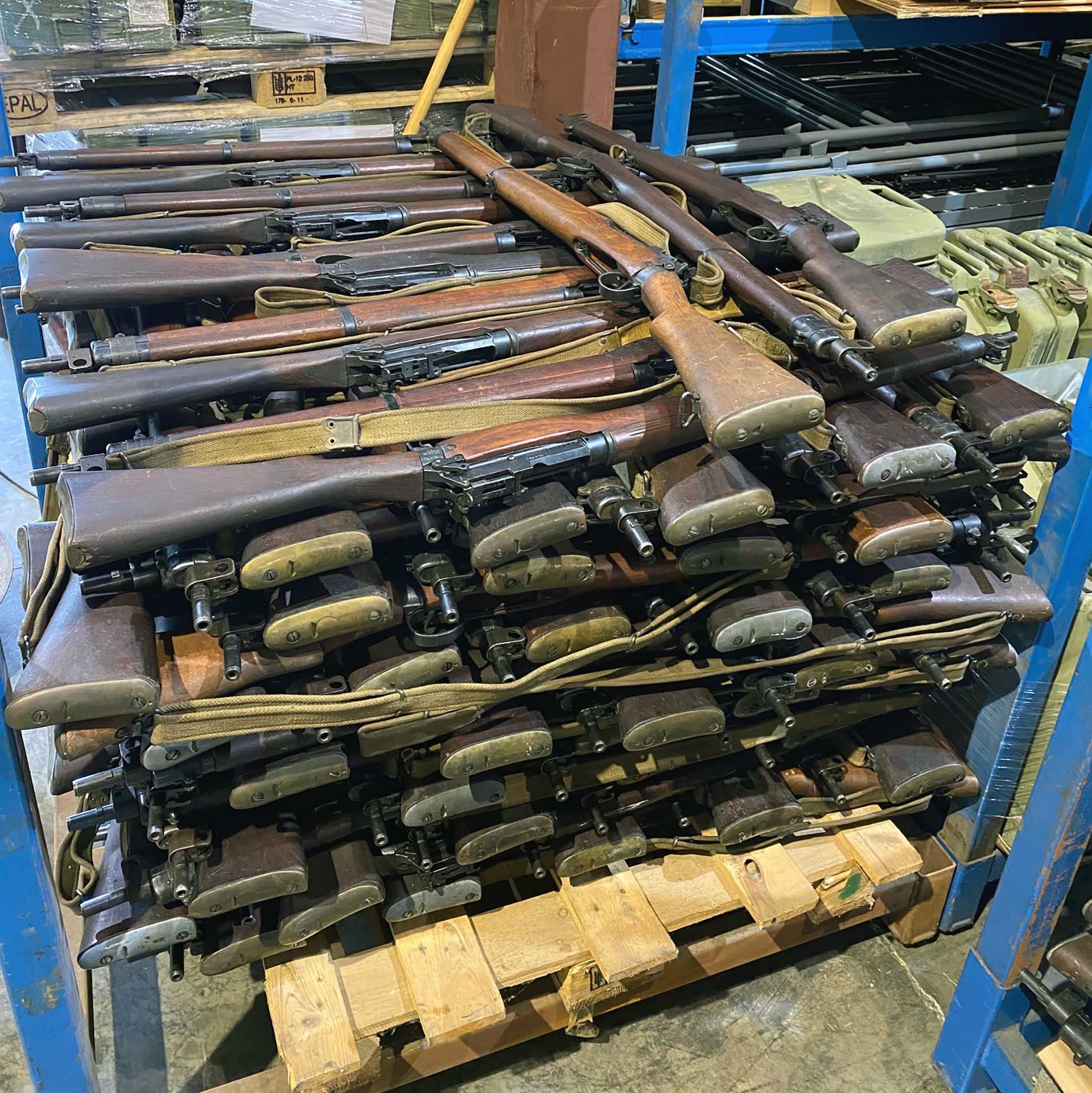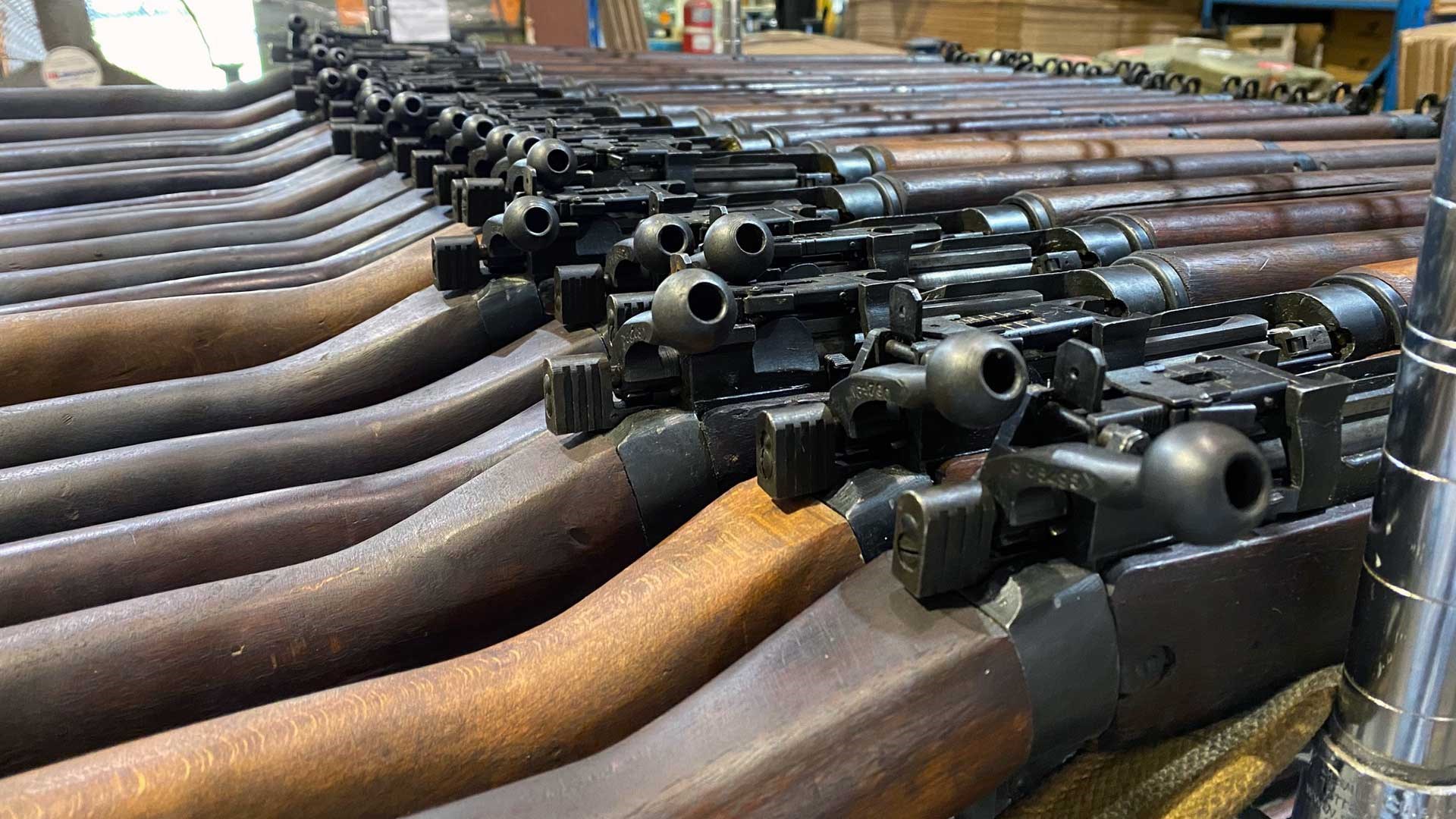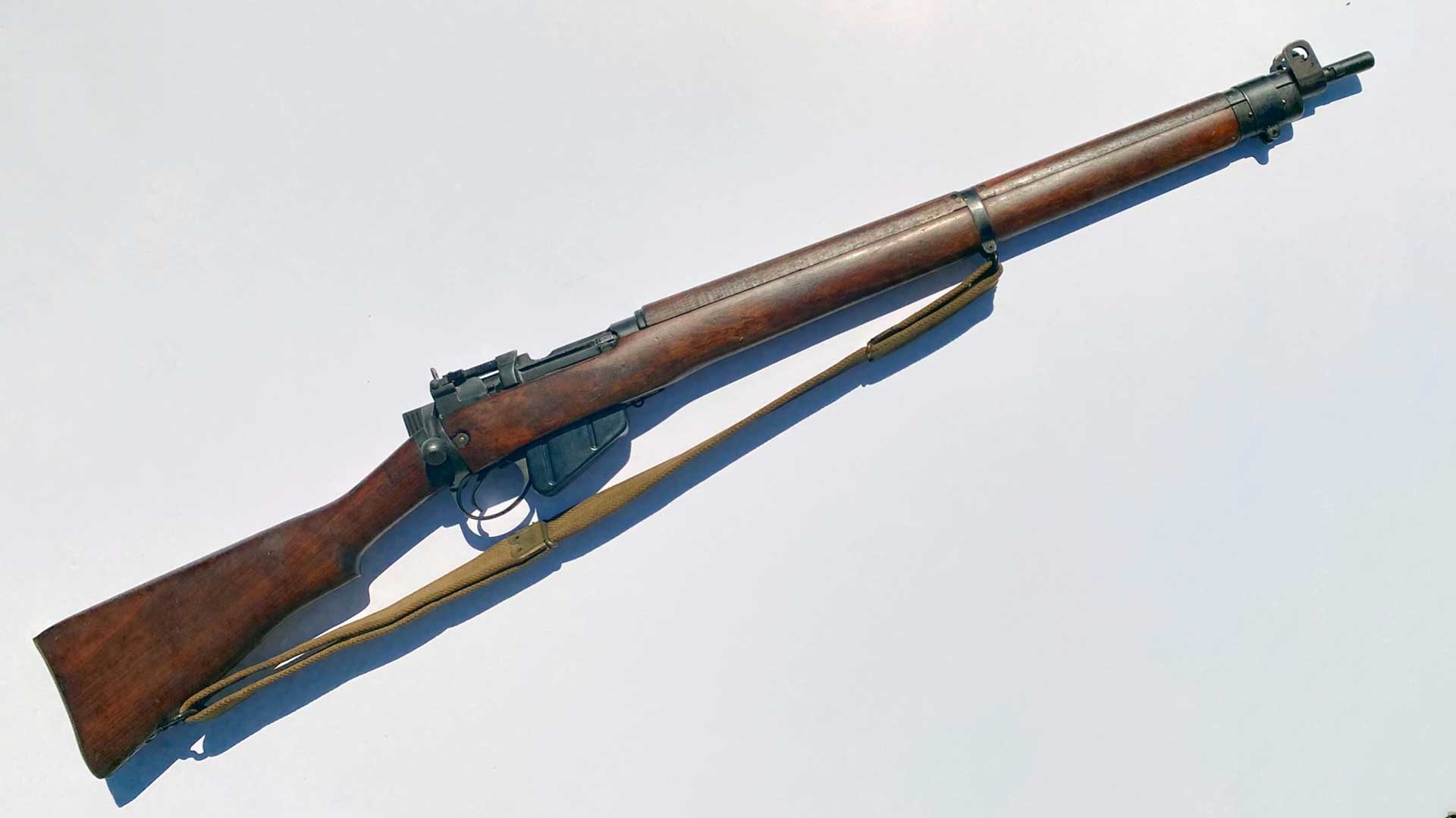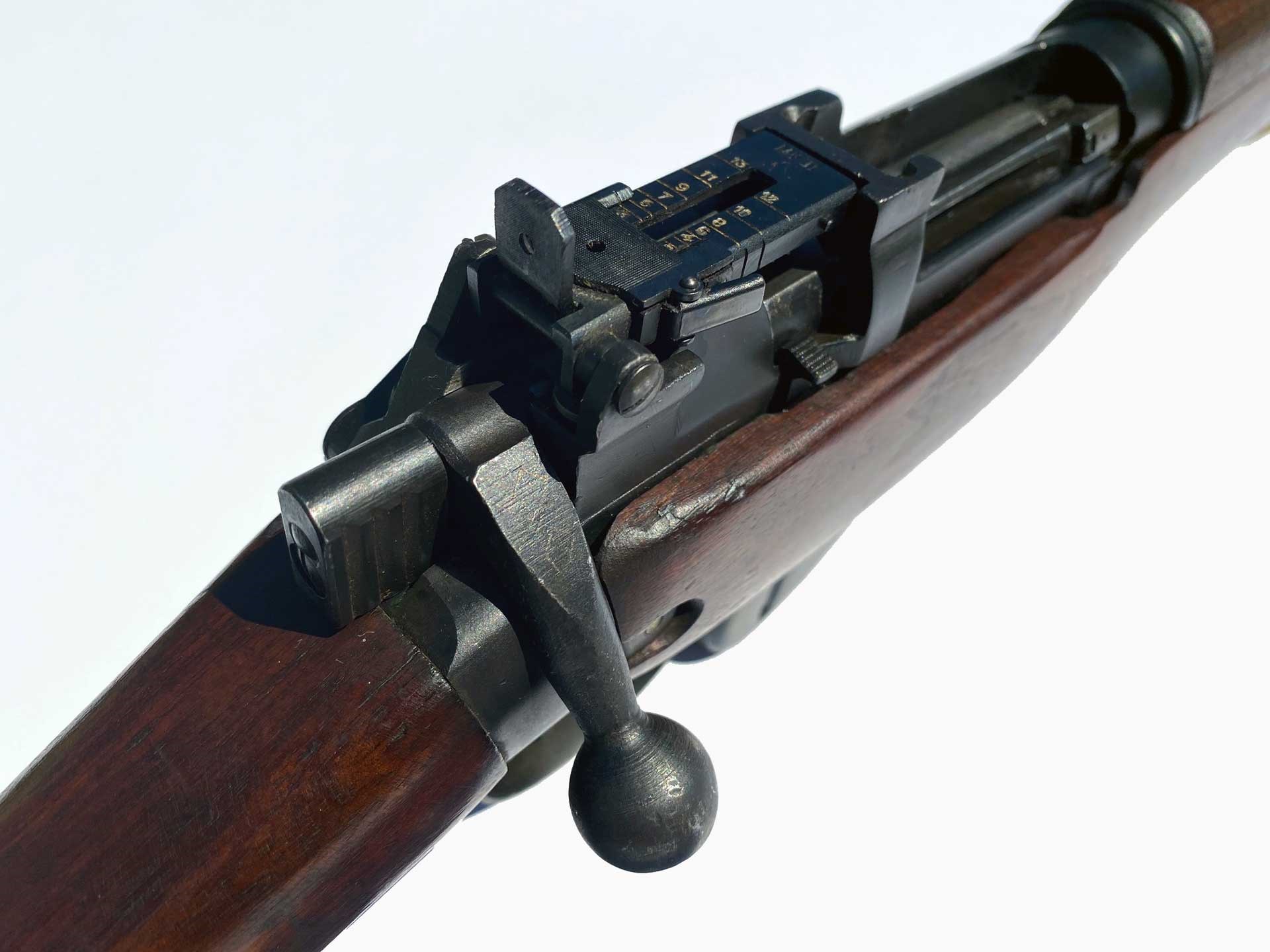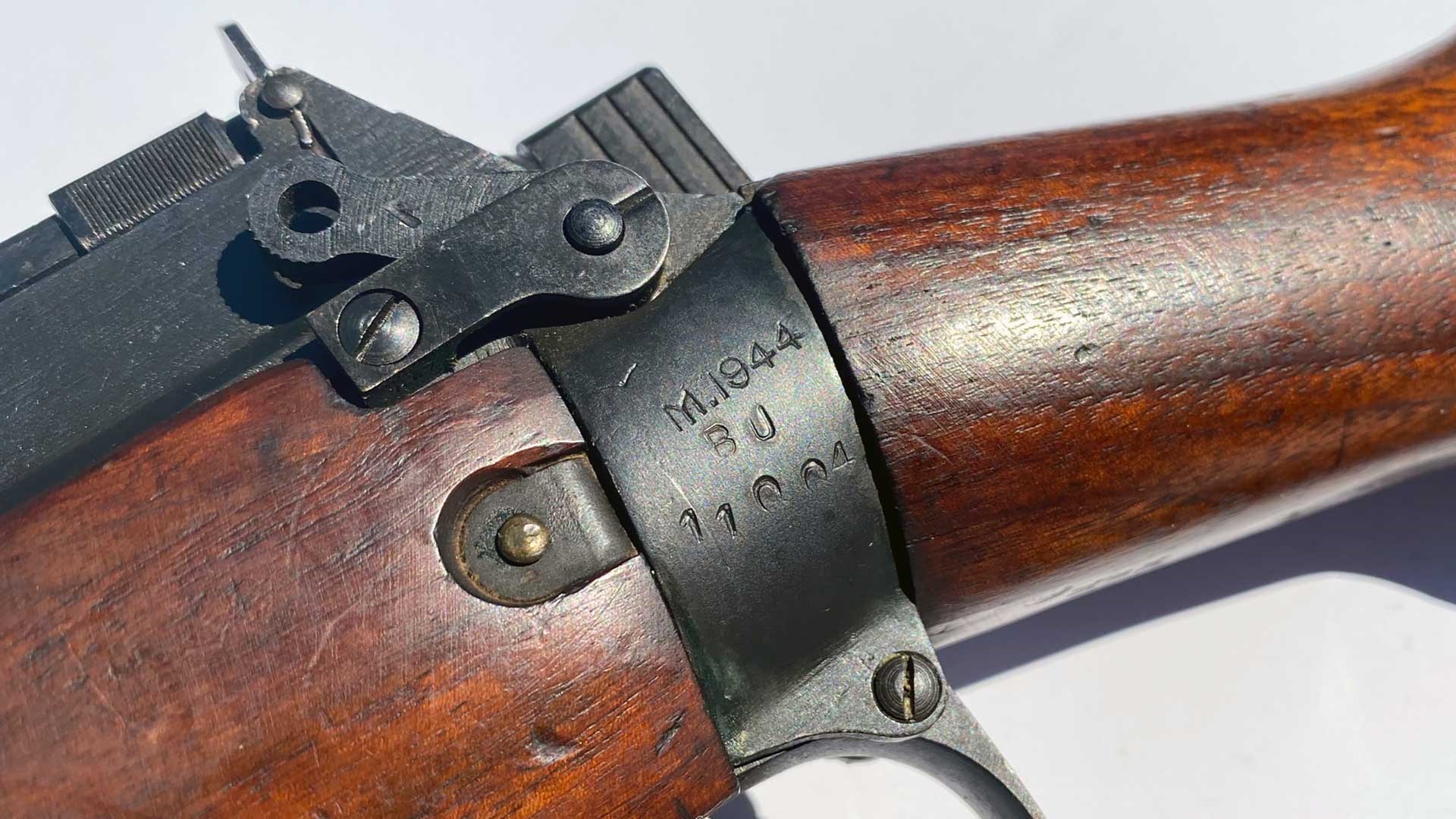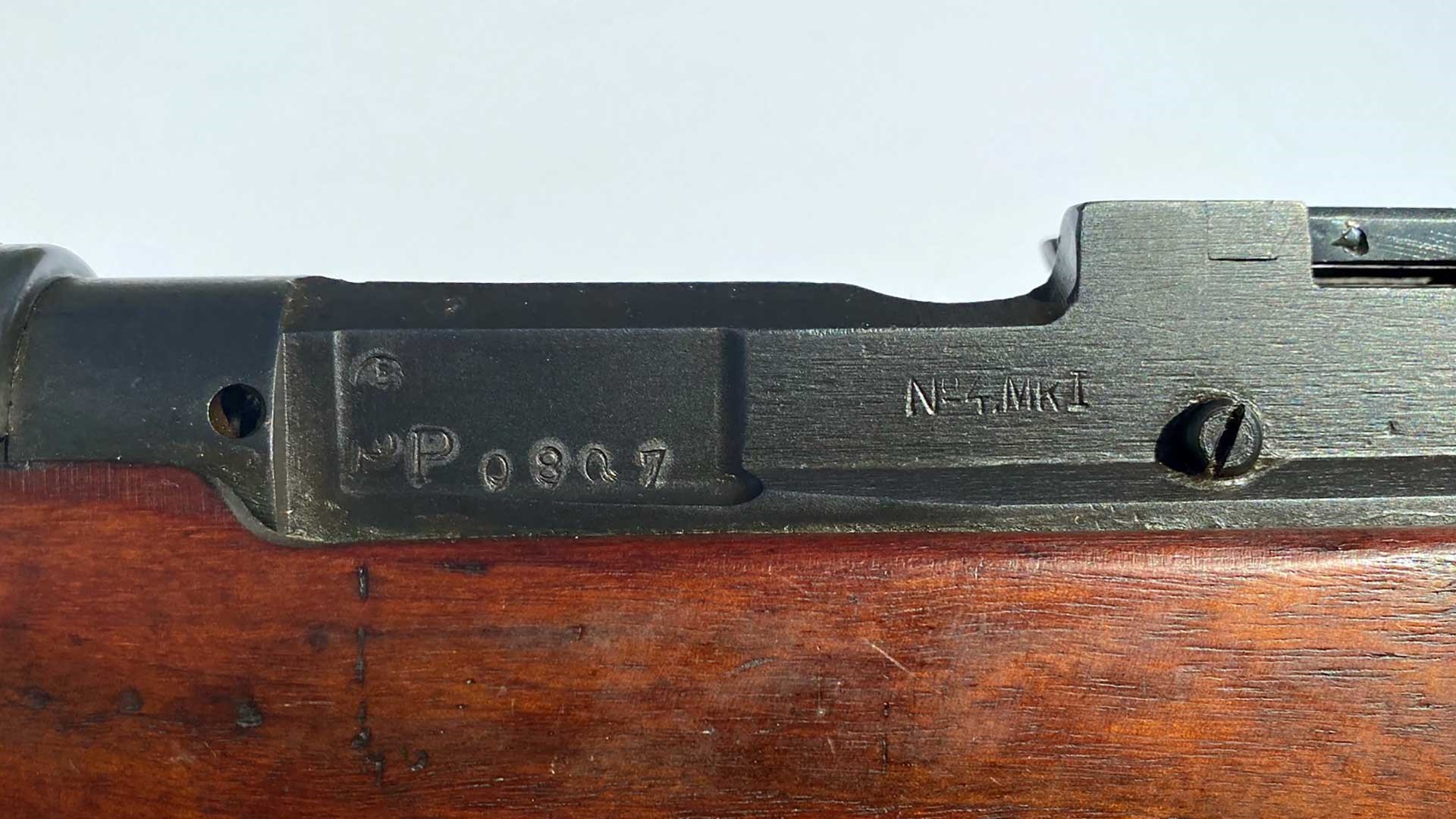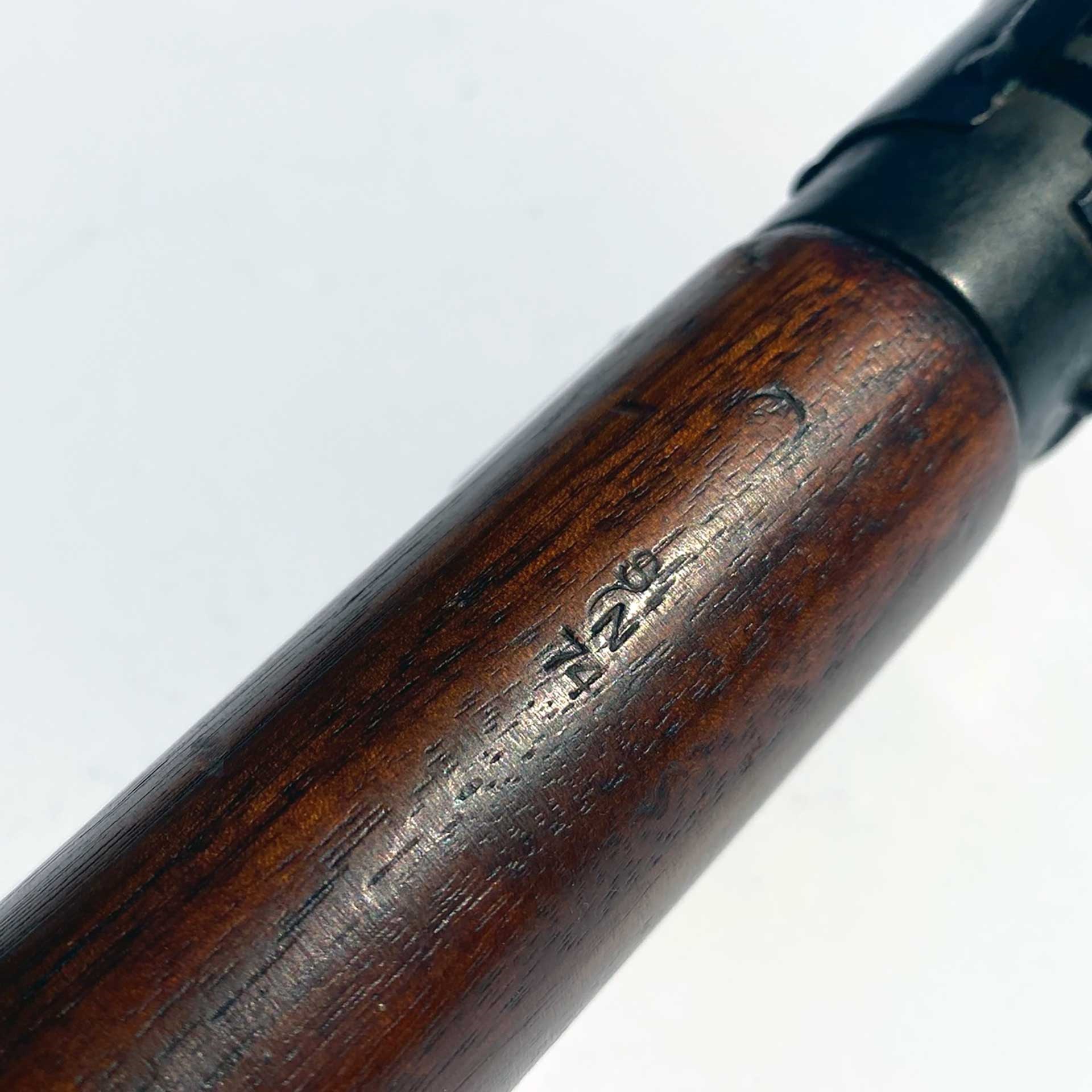I clipped this from my work email from a 3rd party source, I get news and tidbits in my email about aviation happenings and future trends, I may be a Chemtrail Technician, but I do want to keep updated on what is transpiring in my industry. This article is an opinion piece, I will add something to this persons opinion. Emirates is a State supported Airline, they don't have to make money, they are supported by petrodollars, that is the reality that most airlines don't have is a "Sugar Daddy" known as a governmental entity that will subsidize them. My employer and other American carriers before Covid had a huge squabble with the Middle Eastern carriers, it was called the "open Skies" agreement dealing with free trade, The threat the Middle East three carriers poses to my employer and other US airlines is a very serious matter. For more than a decade, Emirates, Etihad, and Qatar airlines have received over $50 billion in subsidies from their governments, in violation of Open Skies agreements that require fair competition. The subsidies allow these airlines to sell cut-rate seats without ever needing to turn a profit. That floods the international aviation market and forces other airlines out of important, profitable routes. The CEO on one of the U.S. Carrier has been quoted stating that within 10 years, one of the US majors will be out of business as a result of these unfair practices. I tried to explain to people especially to people that never has been to the middle east, "It is not your country that determines what happens, it is your familial connection, your tribal connections, or what religion you belong to over there. In Qatar for example, the extended family owns the airline, the airport, the airport services, and anything related to it, so they give each other the "Family Discount" and everyone else pays full freight plus a surcharge, it is the price if doing business in the Middle East. Emirates is the Same way as are the other airlines in the Middle East, whereas here in the United States and Europe, the climate is much different, the governmental relationship is more adversarial."
I view the A380 as a technological marvel, personally I preferred the Boeing 747, but the A380 is an impressive airplane and I have "Blogged about the A380" several times over the years.

The Airbus A380 production line has closed, with the last of only 251 aircraft built delivered to Emirates in December. Now is a good time to look back on why the A380, though a favorite with passengers, was not successful commercially.
Explanations start in the cabin, where 10-abreast seating on the main deck was far too generous when compared to 10-abreast on a Boeing 777 or nine-abreast on a 787, the density standards to which almost all airlines have moved. While customers liked the extra room, they would not pay for it. No airline would push seating to 11 abreast, which is awkward, requiring a 3-5-3 layout.
A second feature that customers liked but that made the A380 less economically viable was the low noise level. Pushed by Singapore Airlines, Airbus designed the A380 to address that issue back when noise concerns around London Heathrow Airport were the driving environmental requirement rather than the carbon footprint. The result was that the Engine Alliance GP7200 and Rolls-Royce Trent 900 have a wider fan, and the aircraft has bigger, heavier nacelles than are optimal for fuel burn. If the A380 had been designed to minimize fuel burn, it would have been 0.5% more efficient.
The A380 also missed some key technologies and will be the last all-metal aircraft ever built. Carbon fiber is clearly superior, at least for the wings, though it is perhaps less critical for the fuselage. The metal made the aircraft heavier than it should have been, a problem compounded by carrying excess weight in preparation for a stretched version. The design and production delays, followed by slow deliveries, rendered the overall technology of the aircraft—particularly the engines—obsolete too soon. The slow sales did not encourage either engine manufacturer to invest in upgrades, a problem exacerbated by Airbus’ unnecessary and costly decision to provide a choice of engines.
The issues described here are not entirely market factors. The A380’s main problem was its inability to offer key features driving market demand.
Emirates was the only carrier that preferred the A380 over other options to the extent that it placed repeat orders, an acid test of a commercial airplane’s attractiveness. The aircraft works for Emirates because its average stage length for the A380 is low. Although used for some very long routes such as Dubai-Los Angeles, the more typical mission is 6-7 hr., to Europe or Asia. Emirates also often uses the A380 on even shorter routes, of a few hours, to the Indian subcontinent and within the Middle East. The A380 can compete on efficiency on dense routes of 7 hr., but not on routes of 10-12 hr., where the big twins are far more efficient.
Three changes would have been essential for the A380 to have been more viable commercially. First, it needed a stretch, perhaps of only 50 seats. Since adding seats would not have changed trip operating costs very much, the cost per seat would have decreased significantly. Second, to fill these seats with lower frequencies, operators would have needed to focus on leisure travel routes rather than business travelers. Finally, the aircraft needed technology upgrades or at least upgraded engines, the same recipe that has successfully been applied to the Boeing 737 and 777 and the Airbus A320 and A330.
When first launched, the Boeing 747-100 was not a big seller, but the stretched, reengined 747-200 was. With some different decisions and further investment, the A380 might have achieved similar success, at least in an environment not distorted by the disruptions of COVID-19.
Christopher Gibbs, senior advisor at Navier Consulting, served as Cathay Pacific’s engineering director for a decade.
